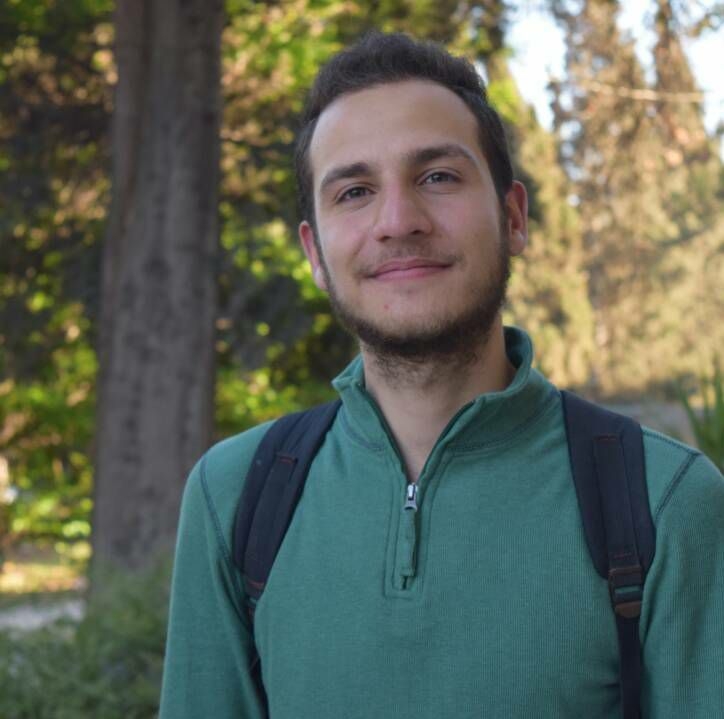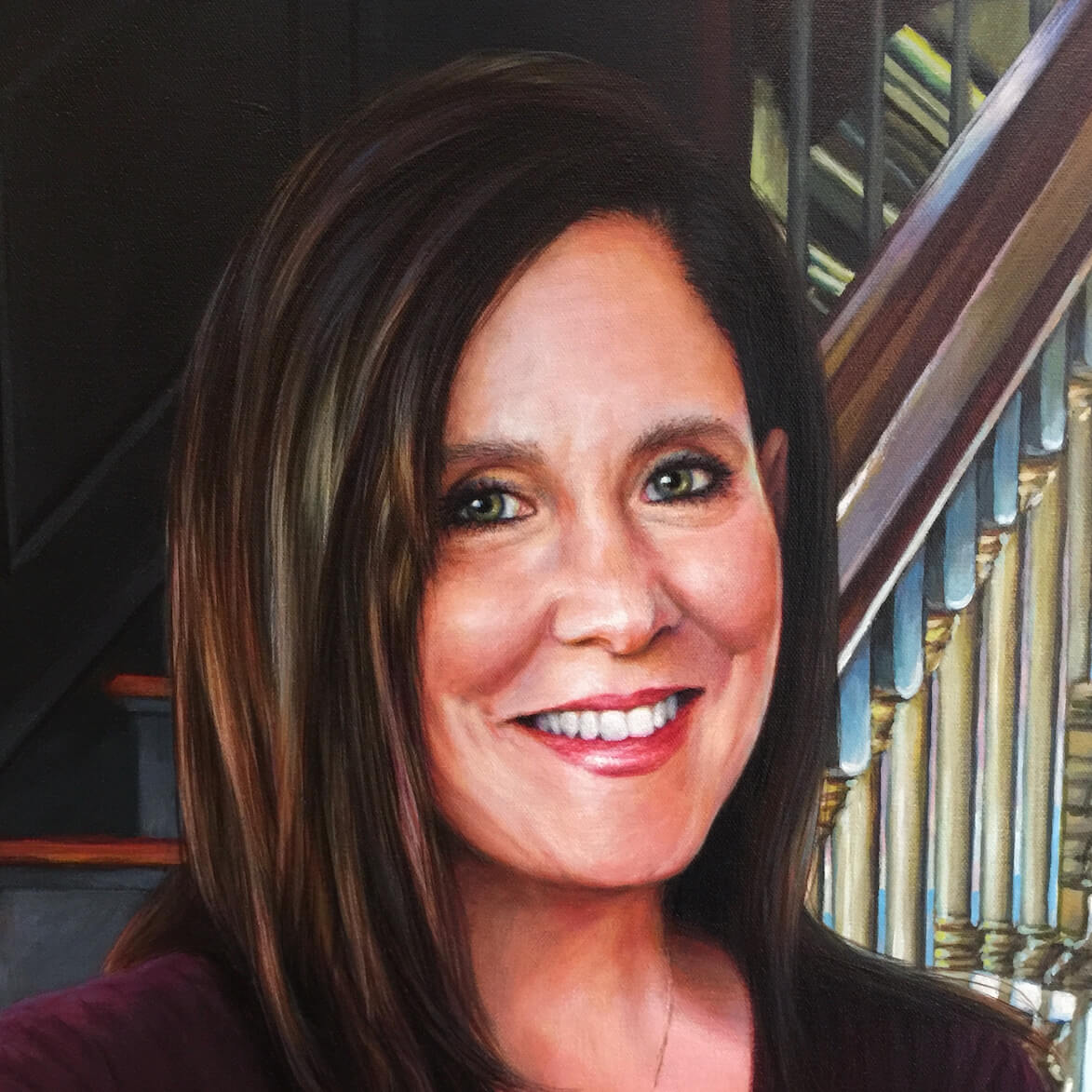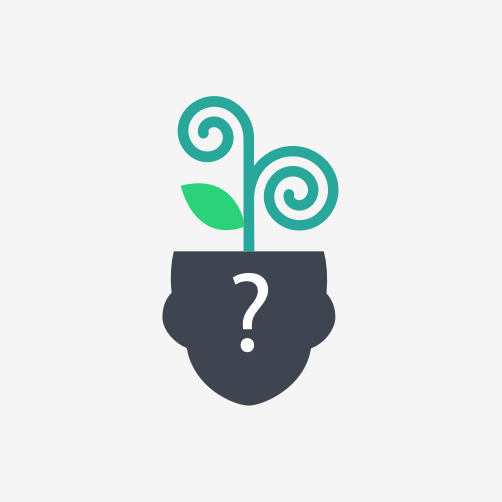From an early age I always loved technology, the dominant memory in my childhood and teenager years was playing with my Playstation - this helped a lot with my English language development. I also invested a lot of time every day in self-determined learning on the internet, and two years ago I stumbled upon the amazing TED video of Dr. Sugata Mitra about Self Organized Learning Environments. I believed in the idea so much that I wrote a project proposal and started to talk about it to local charities and institutes. I had a lot of failures: some thought that I lacked the connections, others didn’t have enough money to get the needed technology, the bad internet and weak electricity in Syria were challenging, but four months ago I had my chance.
 With the ongoing war a lot of international organizations have started to fund local charities for development and aid; I saw an advertisement about Youth Initiatives from United Nations High Commissioner for Refugees (UNHCR). So I filled out an application, and succeeded at the interview with some of my trusted friends: we gathered a team and started the initiative called “ELMAM” with UNHCR Funding and in cooperation with Syrian Society for Social Development. Soon after we booked a local institute with laptops and a fast internet connection, then bought a few more materials like flip chart papers and notebooks.
With the ongoing war a lot of international organizations have started to fund local charities for development and aid; I saw an advertisement about Youth Initiatives from United Nations High Commissioner for Refugees (UNHCR). So I filled out an application, and succeeded at the interview with some of my trusted friends: we gathered a team and started the initiative called “ELMAM” with UNHCR Funding and in cooperation with Syrian Society for Social Development. Soon after we booked a local institute with laptops and a fast internet connection, then bought a few more materials like flip chart papers and notebooks.
The first course
Our first course was with internally displaced children, most of these kids haven’t used a computer in their life and they were living in a school - the classroom was their house. With these extreme conditions I thought it will be impossible to have a full SOLE workshop and was a little bit hesitant to get started.
During our first class we taught them how to use a computer, the internet, and most importantly how to find reliable information. Then we started the typical SOLE structure with questions kids were interested in and subjects that will benefit them in school like: Why the sky is blue? Why does sugar dissolve faster in hot water? What if we didn’t have eyebrows? I was surprised that most of the kids adapted to this very well. They used flip chart and a projector for their presentation, showed us videos and read articles, but our time was short and we had to stop, although hopefully we will continue soon.




SOLE with Adults!
Our schools and universities in Syria still use old teaching methods: old curricula, lack of technology, no interactive learning, and heavy reliance on exams. At the same time lots of people in Syria use technology in all aspects of their life. Using technology for communication became increasingly important during the war because a lot of families had displaced relatives, and distinguishing real news became more important and more difficult.
The problems of fake news, and poorly sourced articles, and weak English language skills make the internet a totally different place for many Syrians. We decided to try SOLE for adults, and we started doing courses with topics like:
- What is peer review?
- What is wikipedia and is it reliable?
- How can you use search engines more effectively?
- How can you improve your English language using the internet?


We also tried to ask participants about their studies.. These adults were university students, so we asked them a lot of questions based on their specialties like:
- What is schizophrenia?
- What If everyone jumped at once?
- Why do we dream?
- Does social media affect our humanity and way of communication?
We hope to start a course for mothers in the near future, to teach them about how to find information on the internet and evaluate this information, but most importantly how to facilitate SOLE sessions for their own kids!
SOLE and Life skills
I believe that the most important things in SOLE are the skill sets: communication, teamwork, critical and creative thinking. These are life skills - the same skills that we teach to kids in NGO’s using various techniques and activities. It’s very beneficial to bring these activities to our SOLE classroom, for example:
- In the beginning of each course we start with ice breaking activities.
- We do motivation activities between research and review .
- We bring some techniques about teamwork and creative thinking to show how important theses skills are.
- So for others using SOLE in their classroom you may want to consider these notes above.
 I think SOLE is the way not the purpose. We can teach anything with it from biology to mathematics… it always work magnificently. Now that the idea of SOLE has started to take root in my local community, I hope to bring more and more people to my classes and to let them use this technique. Hopefully we can reach all of Syria someday, as part of trying to reach this goal we’re helping the StartSOLE team to translate their question database into Arabic!
I think SOLE is the way not the purpose. We can teach anything with it from biology to mathematics… it always work magnificently. Now that the idea of SOLE has started to take root in my local community, I hope to bring more and more people to my classes and to let them use this technique. Hopefully we can reach all of Syria someday, as part of trying to reach this goal we’re helping the StartSOLE team to translate their question database into Arabic!
With all this being said, we will continue doing SOLE’s and spreading the message, thank you very much for reading. Wish us luck.
 My name is Obada
Kolko, I’m 19 years old, studying Mechanical engineering, working as a social media manager and life skill coach at a
local charity. I also am a blogger for Voices of Youth. This is my story with SOLE.
My name is Obada
Kolko, I’m 19 years old, studying Mechanical engineering, working as a social media manager and life skill coach at a
local charity. I also am a blogger for Voices of Youth. This is my story with SOLE.


